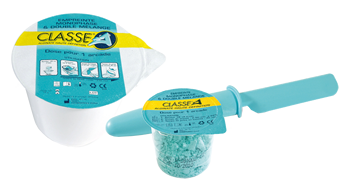
 |
Homepage > Videos gallery > Case studies > Anterior bridge |
|
 |
This is a patient with a missing tooth who will be treated with a combination of bridge and partial denture. The 4 anterior teeth prepared at the previous visit will act as bridge abutments for replacement of tooth 22
|
 |
|